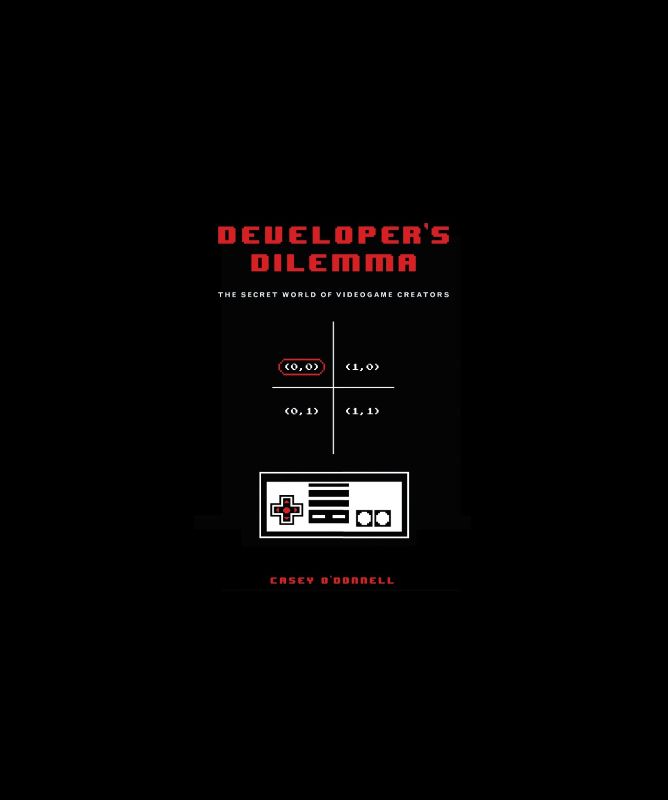This blog post started with a book.

I have been reading a book about the game industry seen with the eyes of an anthropologist. It was one of the loot from this past Humble Book Bundle. It interests me because I want to see how this industry works outside the programming stuff.
Surviving as a game studio is hard because its secrets are shrouded. This book helped me to unveil them. I mean, the subtitle of the book is literally “The Secret World of Videogames Creators”.
To be honest, I didn’t expect such academic style writing. Sometimes it gets boring in the beginning, but the good stuff is in the second half of this book.
One of the interesting things in this book is the contrasting of how game studios operated in the US and India. Naturally, I also compared them with how it’s here in Indonesia.
Outsourcing Game Studio
The book explained some types of game companies. It also mentioned that usually game studios in India started off as an outsourcing game studio. These studios were given a very specific task related to a game production; e.g. localisation, creating models or animation and testing. They are relatively small in terms of the number of employees (10 to 50 according to OECD) and have similar aspirations.
Be famous in your ‘hood
The typical outsourcing studios goal were to make money to fund the production of their own title. This title is often specifically targeted for their home country market. The game would exploit materials from the current events, trends, or any other cultural reference from the country.
Go-global studios
A little different from the previously mentioned; these kind of game studio would use the revenue from the outsourcing jobs to fund a title to be released to the global market. The global market is still dominated by North America, East Asia and Europe. Consequently, the game design would need to be tailored for those regions. Tailoring is probably not a perfect word to describe what the game designer would do because the game must be good for a market segment that consists of a large number of people.
I want a stable job. Acquire me!
If a publisher, a licensor, a console manufacturer, or another game studio found that this particular outsourcing studio was essential for their business, then they were probably going to acquire it. The outsourcing studio was turned into an in-house studio. In-house studios were to create games according to the requirements from the parent company and then got the benefits of being part of a large company.
Familiar?
Those three aspirations are common in India according to this book I read. I can’t help but seeing these in Indonesia as well. I love to learn things from another’s similar experience. I have a good feeling that I will as soon as I finish this book.